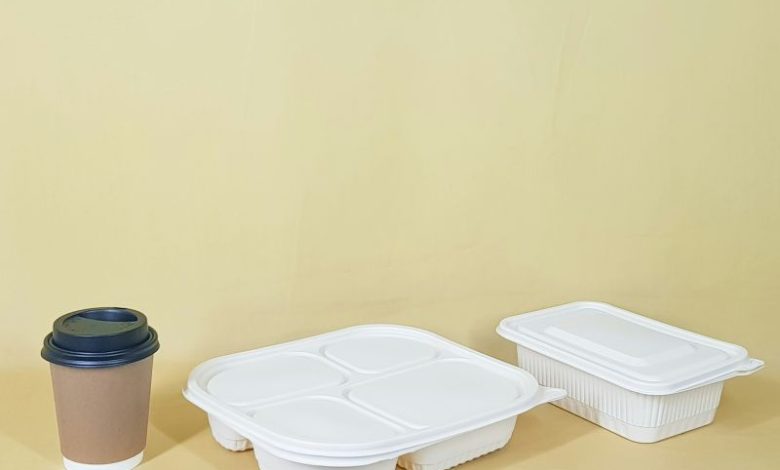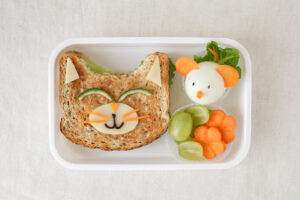Ka Ora, Ka Ako | Healthy School Lunches set to continue under new model
Free school lunches will continue under a modified model which will reportedly see $107 million in cost-savings – what's the catch?

Free school lunches are set to continue for the next two years under a different model with a lowered price tag, announced Associate Education Minister David Seymour last week.
For Year 1 to 6 students, there will be no change to the free lunch programme for the next two years. For Year 7 to 13 students, the free lunch programme will change in nature to a bulk-order model from next year, which would see a saving of $107 million per year, said Seymour.
Seymour explained that the new model would see the government using its buying power to source food in bulk. Schools would then use online portals to order from this pool.
Read the latest print edition of School News HERE
Four million of the cost saved will go toward funding an additional lunch programme for ECE centres. The free morning-tea and lunch will be provided to “10,000 of the most impoverished children aged 2 to 5,” said Seymour.
The annual cost of the modified Ka Ora, Ka Ako programme would now be $239 million per year, including the additional ECE centre programme.

Previously, the cost of the programme was around $8 per lunch. Now, Seymour is budgeting $3 per lunch. He cited the model of KidsCan charity, which budgeted $2 per lunch.
“I was sceptical myself – but they actually manage to provide very nutritious food at very low prices.”
Seymour characterised the current model as providing “extravagant” lunches compared to those provided by parents. He said the new model would fund schools to “order the kinds of items – sandwiches, fruit, snacks – that are found in the lunch boxes of the other 75 percent of children who have parents providing their lunches each day.
“It’s fiscally responsible for the government, and fairer for all concerned.”
Seymour said that under this model, it was “likely” schools would order shelf-stable, prepackaged food that would require minimal preparation for schools. However, other schools which are already delivering in-house free lunches with the Ka Ora, Ka Ako programme would be able to order foods that require additional preparation. This way, the model would provide flexibility depending on the school, said Seymour.

Given the two different models of delivery, Seymour noted “a small number” of schools would operate dual models simultaneously.
The new model is intended as an interim measure, with a full redesign of the programme expected in the next two years before more funding is dedicated.
Waste not, want not.
Labour education spokesperson Jan Tinetti said that the announcement was “concerning” stating that lessons learned about programme delivery and waste minimisation is being “thrown out the window” for high-school aged children.
Tinetti said that previously, schools who had moved away from Seymour’s proposed model of packaged foods saw dramatic waste reduction.
The Ka Ora, Ka Ako | Healthy Lunches in Schools programme had previously faced criticism after a 2021 Treasury report that said 4.5 percent of lunches were being wasted.
Seymour was one of the programme’s biggest critics, pointing to this wastage figure as evidence that the programme was a failure and a waste of money.
However, contractors delivering the programme said that some amount of waste was to be expected in a national lunch programme. Speaking to 1News, one provider said that 4.5 percent was “a success rate”.
International comparisons also seem to suggest that a 4.5 percent waste rate is low, with Japan seeing 6.9 percent waste in 2015 – a figure that was considered low.
In an investigation by 1News, schools said that wastage was often due to suppliers providing food that was unappealing to children, resulting in significant waste.
Hot lunches saw less waste than cold lunches – sandwiches and other cold lunches reportedly saw the most waste.
KidsCan CEO Julie Chapman also spoke to RNZ on the $2 lunches figure, explaining that the charity provides “meal kits” to ECE centres. That means the $2 figure doesn’t account for labour costs. Additionally the charity model doesn’t require a profit to run like most commercial food suppliers.
Other providers and educators have also voiced concerns about food wastage and the appropriateness of the new model to meet the wholistic needs of Kiwi kids.
PPTA Te Wehengarua President Chris Abercrombie concurred, commenting that “it’s really important that meeting students’ needs continues to be at the heart of Ka Ora Ka Ako.”
“The best way to make sure there’s no waste is to make sure the food is what kids want to eat. Schools that make their lunches in-house are the ones that report the highest level of satisfaction with the programme and we don’t want that to be lost.”









